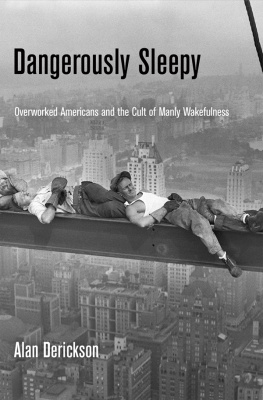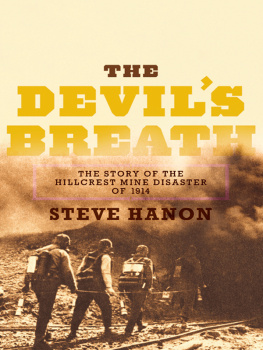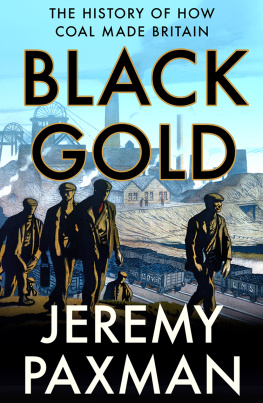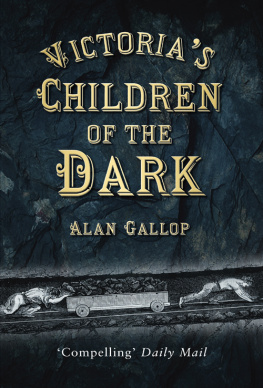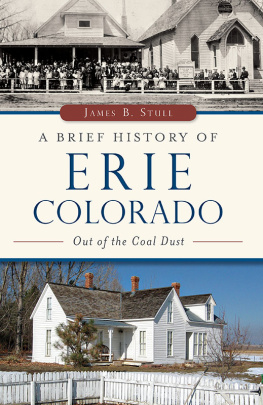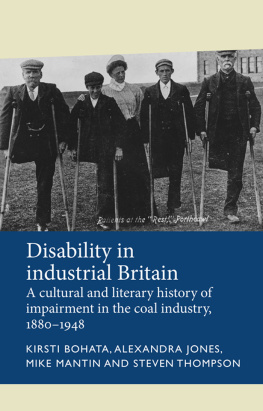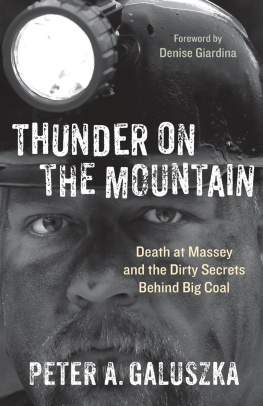Alan Derickson - Black Lung: Anatomy of a Public Health Disaster
Here you can read online Alan Derickson - Black Lung: Anatomy of a Public Health Disaster full text of the book (entire story) in english for free. Download pdf and epub, get meaning, cover and reviews about this ebook. year: 2014, publisher: Cornell University Press, genre: Science. Description of the work, (preface) as well as reviews are available. Best literature library LitArk.com created for fans of good reading and offers a wide selection of genres:
Romance novel
Science fiction
Adventure
Detective
Science
History
Home and family
Prose
Art
Politics
Computer
Non-fiction
Religion
Business
Children
Humor
Choose a favorite category and find really read worthwhile books. Enjoy immersion in the world of imagination, feel the emotions of the characters or learn something new for yourself, make an fascinating discovery.

- Book:Black Lung: Anatomy of a Public Health Disaster
- Author:
- Publisher:Cornell University Press
- Genre:
- Year:2014
- Rating:4 / 5
- Favourites:Add to favourites
- Your mark:
Black Lung: Anatomy of a Public Health Disaster: summary, description and annotation
We offer to read an annotation, description, summary or preface (depends on what the author of the book "Black Lung: Anatomy of a Public Health Disaster" wrote himself). If you haven't found the necessary information about the book — write in the comments, we will try to find it.
In the definitive history of a twentieth-century public health disaster, Alan Derickson recounts how, for decades after methods of prevention were known, hundreds of thousands of American miners suffered and died from black lung, a respiratory illness caused by the inhalation of coal mine dust. The combined failure of government, medicine, and industry to halt the spread of this diseaseand even to acknowledge its existenceresulted in a national tragedy, the effects of which are still being felt.
The book begins in the late nineteenth century, when the disorders brought on by exposure to coal mine dust were first identified as components of a debilitating and distinctive illness. For several decades thereafter, coal miners dust disease was accepted, in both lay and professional circles, as a major industrial disease. Derickson describes how after the turn of the century medical professionals and industry representatives worked to discredit and supplant knowledge about black lung, with such success that this disease ceased to be recognized. Many authorities maintained that breathing coal mine dust was actually beneficial to health.
Derickson shows that activists ultimately forced society to overcome its complacency about this deadly and preventable disease. He chronicles the growth of an unprecedented movementfrom the turn-of-the-century miners union, to the social medicine activists in the mid-twentieth century, and the black lung insurgents of the late sixtieswhich eventually won landmark protections and compensation with the enactment of the Federal Coal Mine Health and Safety Act in 1969. An extraordinary work of scholarship, Black Lung exposes the enormous human cost of producing the energy source responsible for making the United States the worlds preeminent industrial nation.
Alan Derickson: author's other books
Who wrote Black Lung: Anatomy of a Public Health Disaster? Find out the surname, the name of the author of the book and a list of all author's works by series.

